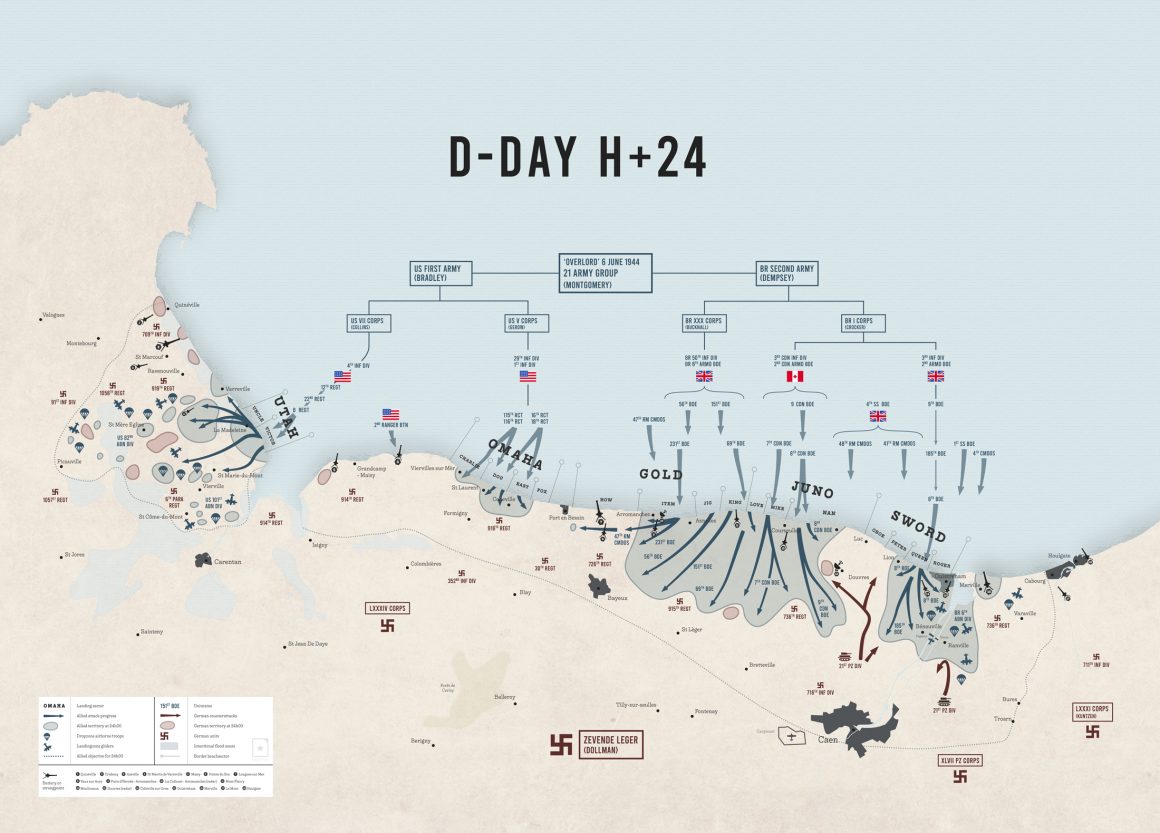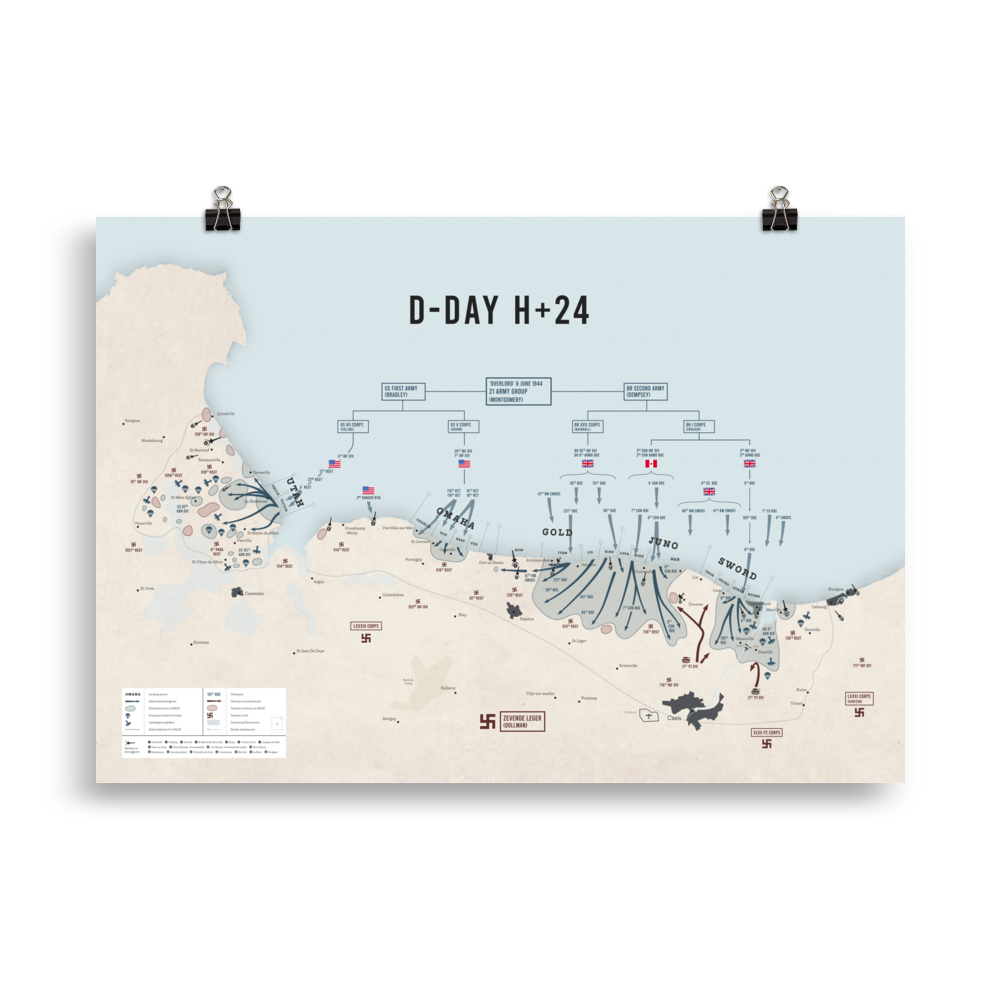D-day meaning: origin and use of the term D-day
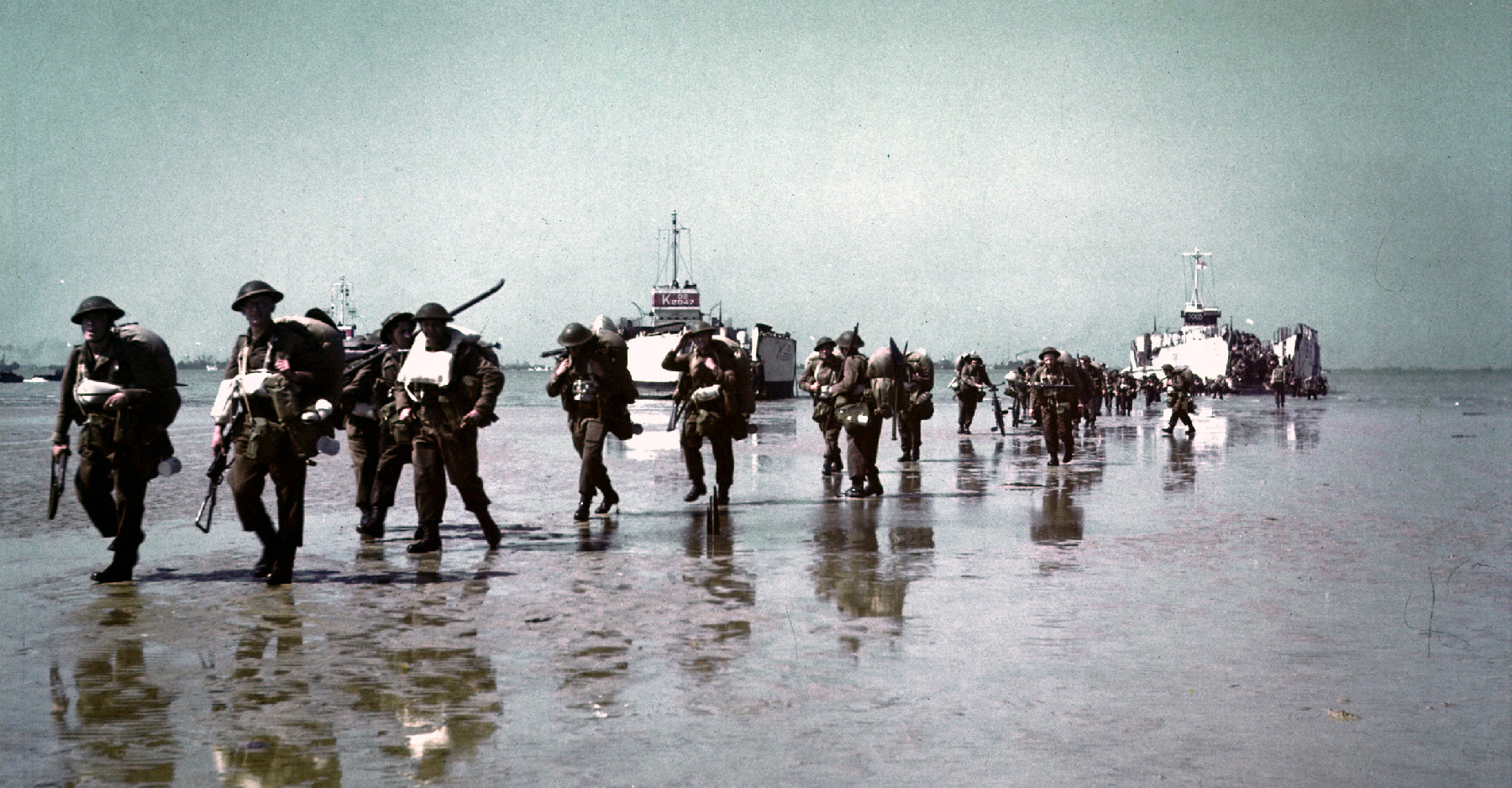
What is D-day?
The main D-day meaning for most is of course the link with the Normandy landings on June 6, 1944. It was the largest military invasion ever. On that day 156,000 Allied troops were deployed, crossing from southern England to Normandy to establish a bridgehead by means of air and amphibious landings.
The Allied landings in Normandy marked the beginning of Operation Overlord and the start of the final liberation of Western Europe, and the end of the Second World War.
What does the ‘D’ in D-day stand for?
In military communication, the letter ‘H’ for the Hour and ‘D‘ for the Day were used to indicate the start of a military operation. Thus, an hour before the start was expressed as “H -1”, the hour after as “H +1”. The day before was expressed as ‘D -1’, and the day after as ‘D +1’.
The advantage of this notation was that if the date changed, all other dates in the plan did not have to be corrected. In other words, it was a kind of variable.
So the ‘D’ does not stand for ‘Decision’, ‘Doom’, ‘Deliverance’ or similar words. In fact, it does not stand for anything, but the variable was chosen according to the time format that was linked to it, e.g.: Day, Hour, Minute, …
First use of the term ‘D-Day
June 6, 1944 was not the only time the term ‘D-Day’ was used to designate the day of a major attack. D-Day also stood for the opening day of many amphibious assaults in World War II, including earlier battles in North Africa, Sicily, Italy and against the Japanese in the Pacific.
In fact, the earliest known use of the term dates back to World War I. The U.S. Army Center of Military History identifies this distinct origin:
The First Army will attack at H hour on D day with the objective of forcing the evacuation of the St. Mihiel Salient.
Following the order of September 7, this first D-Day took place on September 12, 1918, when more than half a million American troops attacked a 30-mile-wide German position, known as the Battle of Saint-Mihiel. It was the first independent American offensive of the war and the largest American military undertaking up to that time.
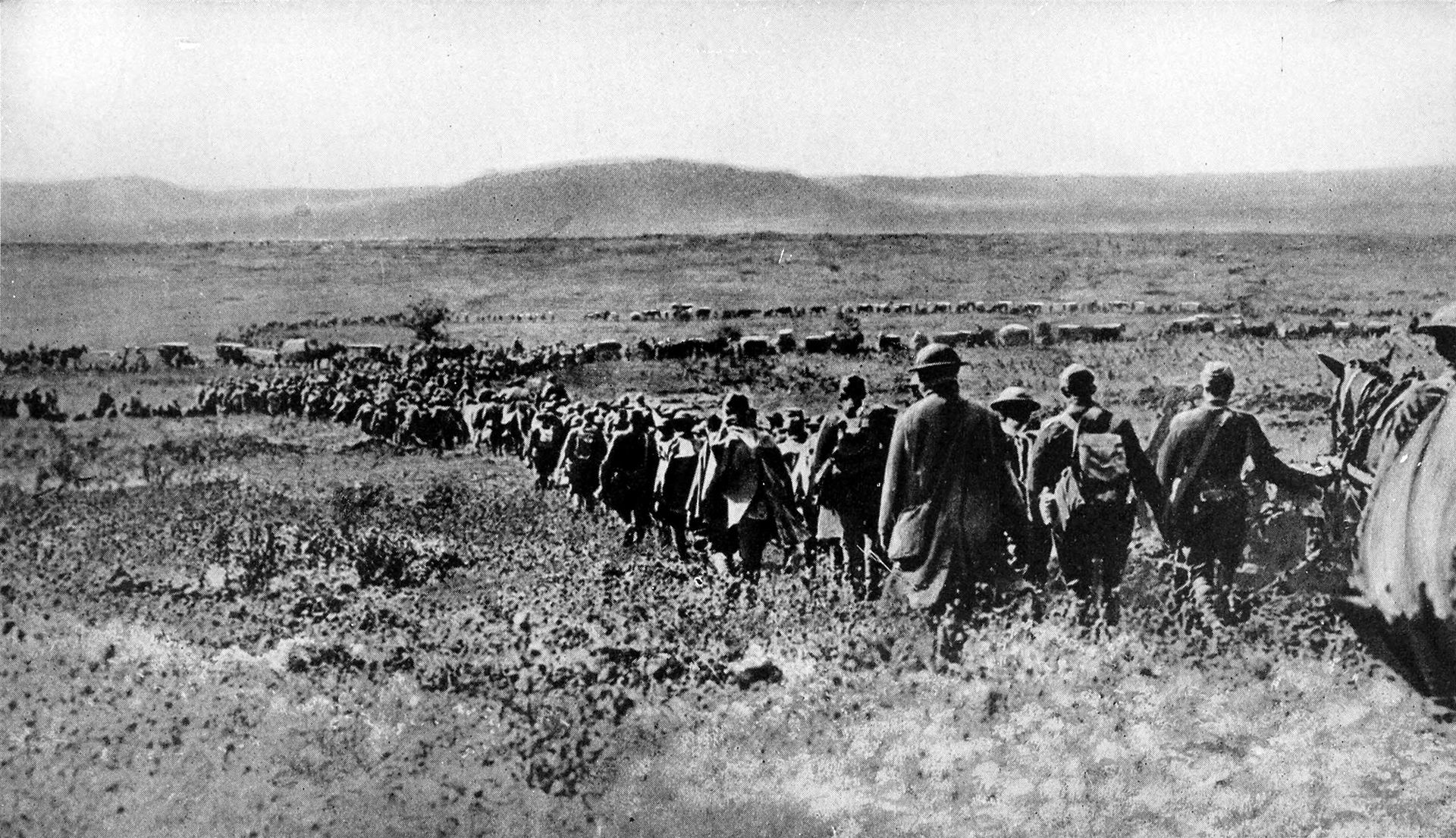
The American public came across the term “D-Day” at least in 1919, when it appeared in an article written by Colonel Frederick Palmer in Collier’s Weekly, titled America’s Greatest Battle: “We had thirteen days from Saint-Mihiel ‘D’ day (the day of attack) to the Argonne ‘D’ day, in which to move all of our troops and all they required, to bring up our heavy artillery, prepare our dumps of ammunition, to assemble our trains, and school our ground divisions to the work,”.
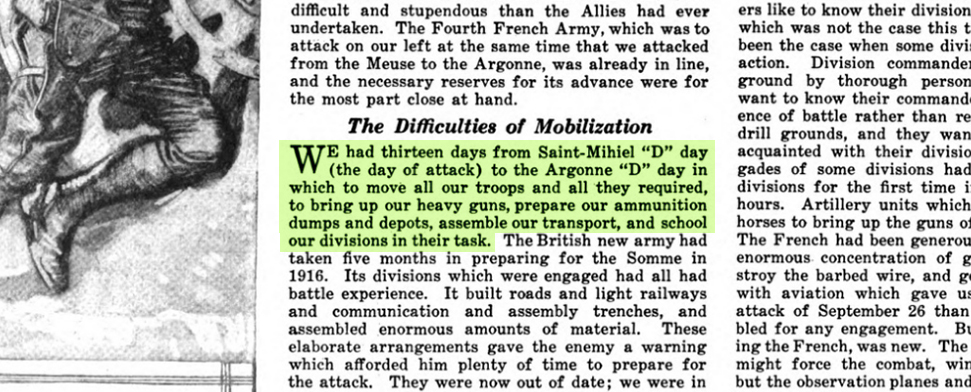
For the Western Allies, the Normandy landings were the first, largest and most important invasion of the Second World War. The combination of these three factors is probably the reason why we explicitly consider this moment as D-day.
D-day meaning today
Today, we still use the term D-day to announce an important event. The reason for this can be deduced from the fact that D-day, as the first day of Operation Overlord, was perhaps also the moment of truth during the Second World War.
Over the years, the term, which was originally seen as military jargon, has become part of our everyday vocabulary.
However, the term ‘D-day’ is often used by some without knowing its origin. D-day Info is therefore the chance to rediscover it!
Have you noticed a language or writing error? Please let us know, as this will only improve our reporting. We will correct them as soon as possible. Your personal data will be treated confidentially.
Report error